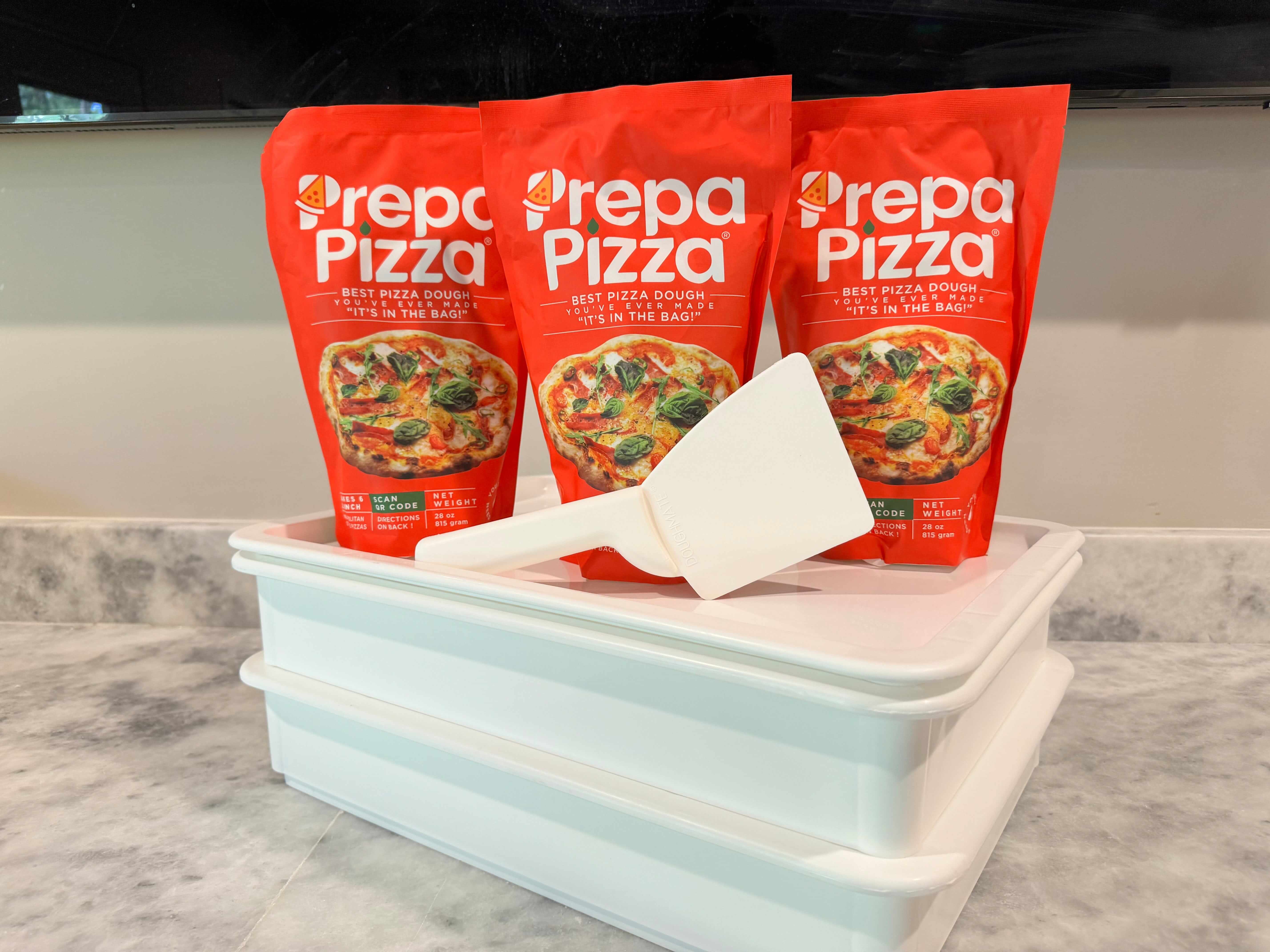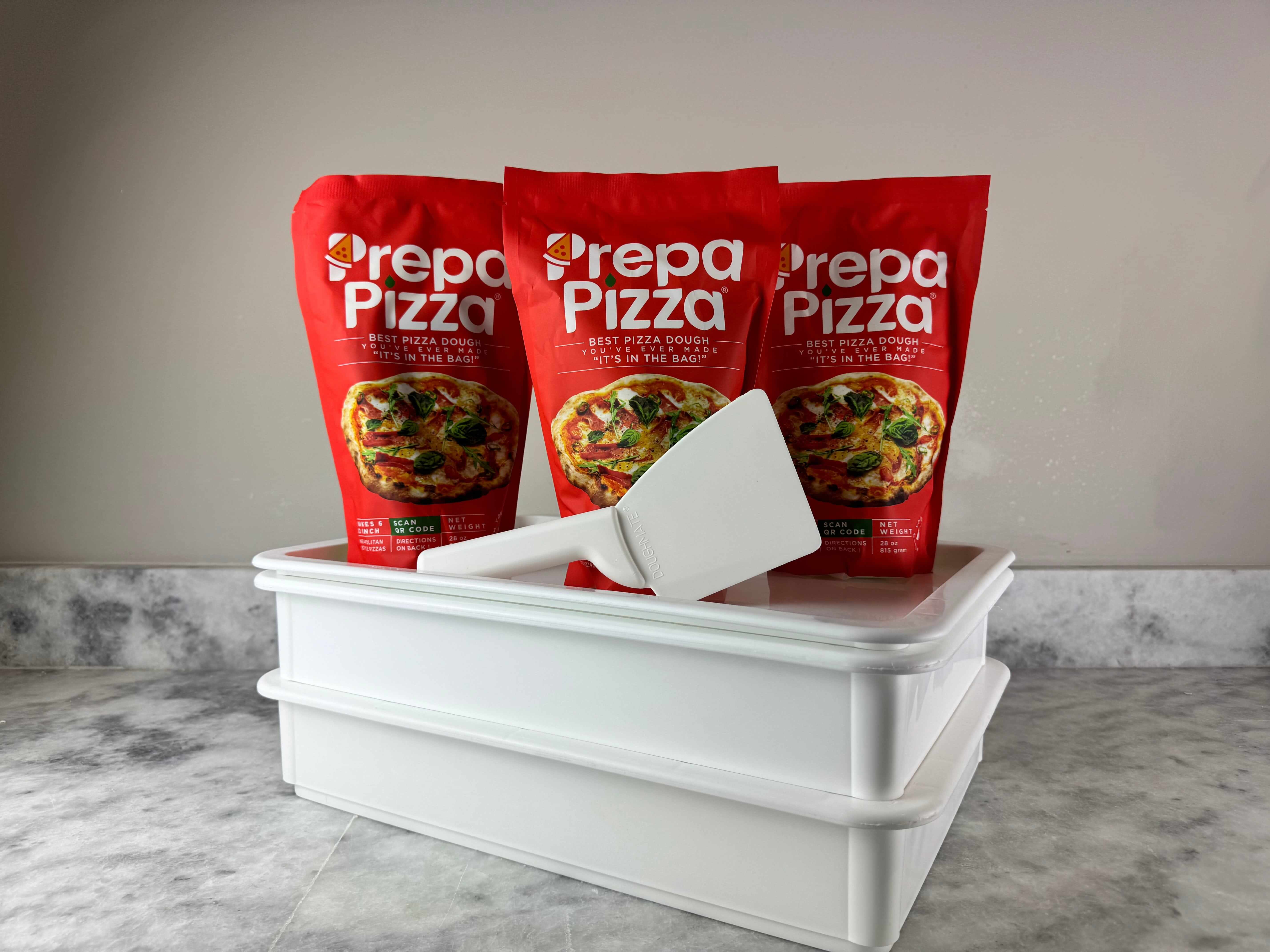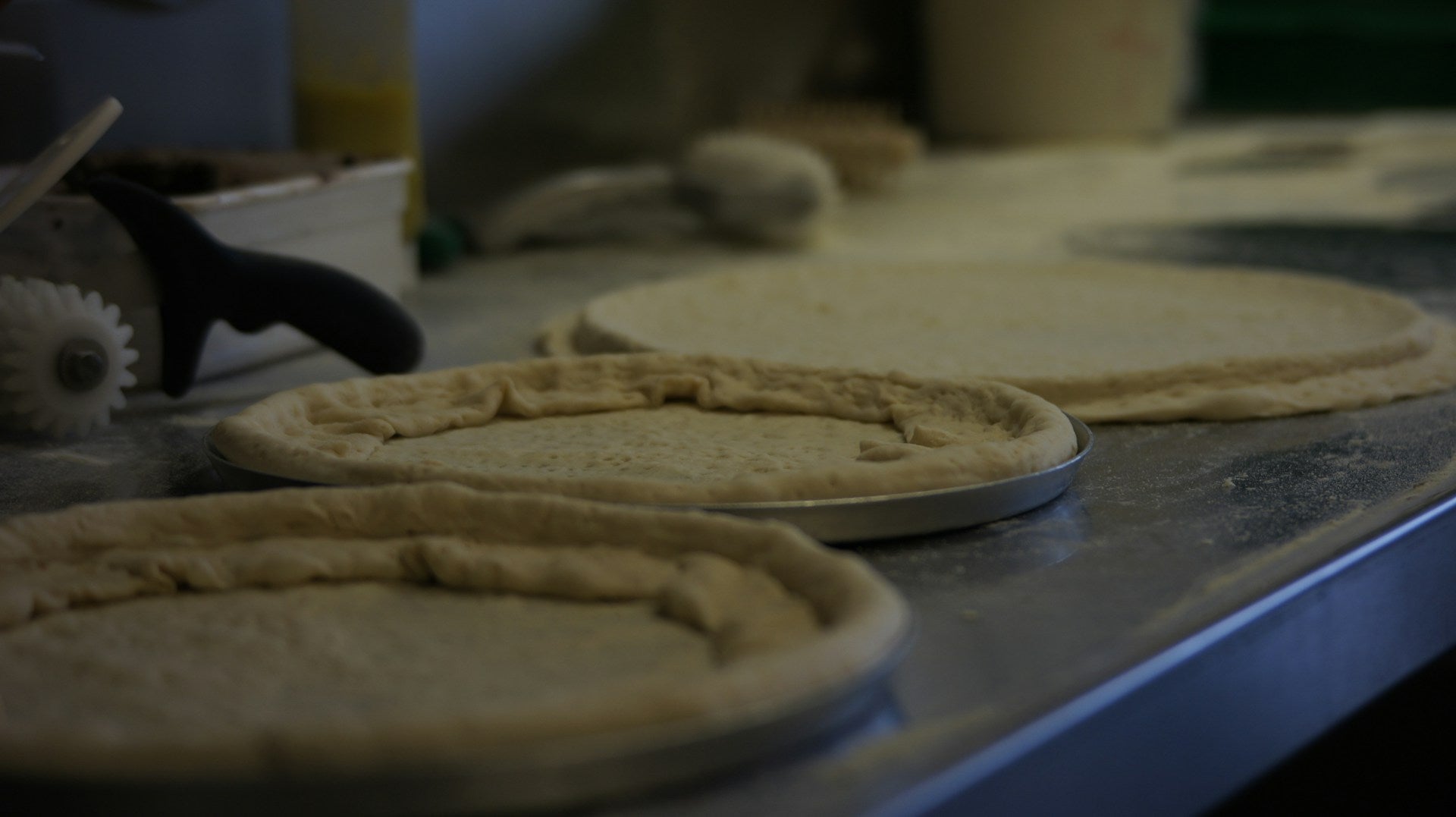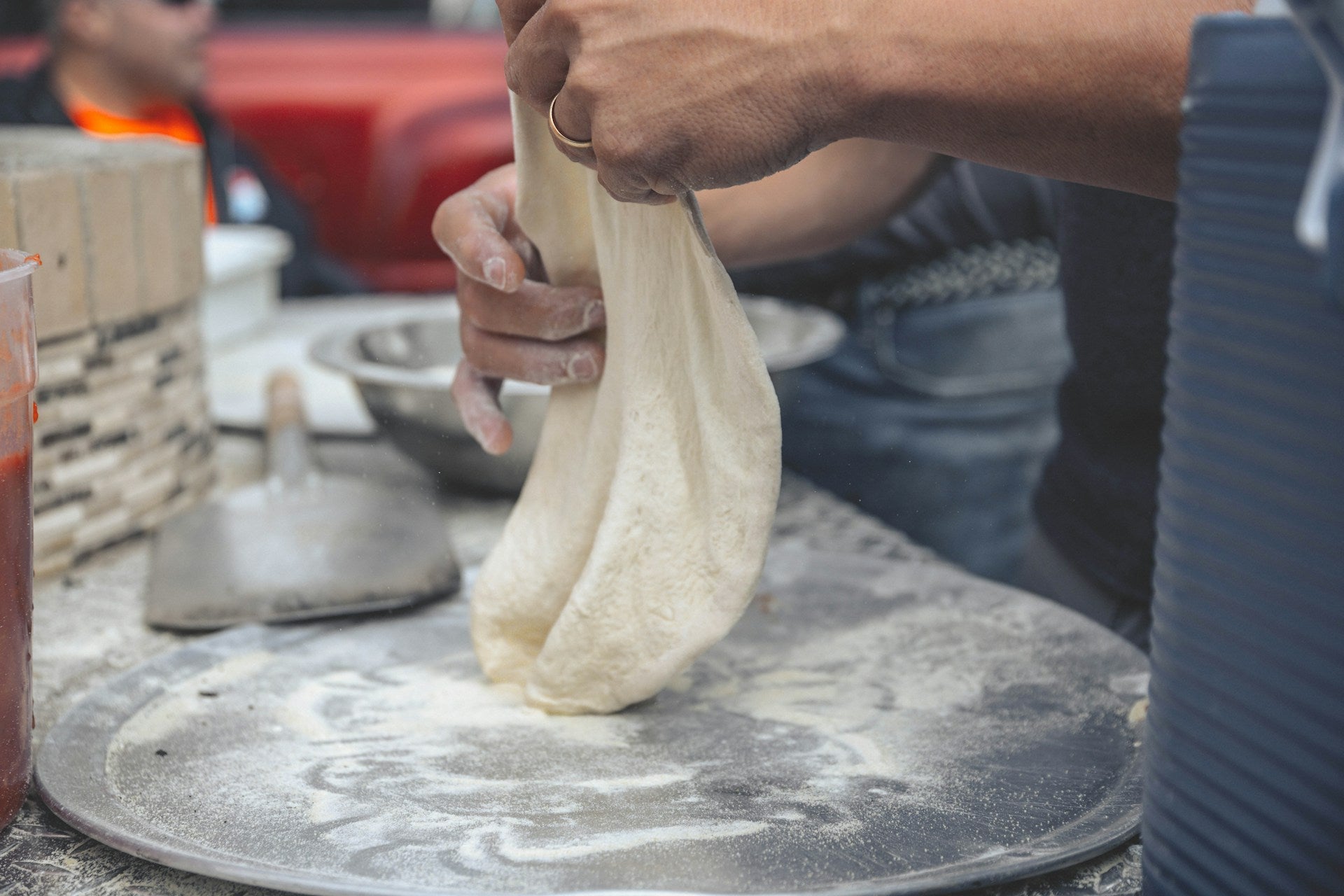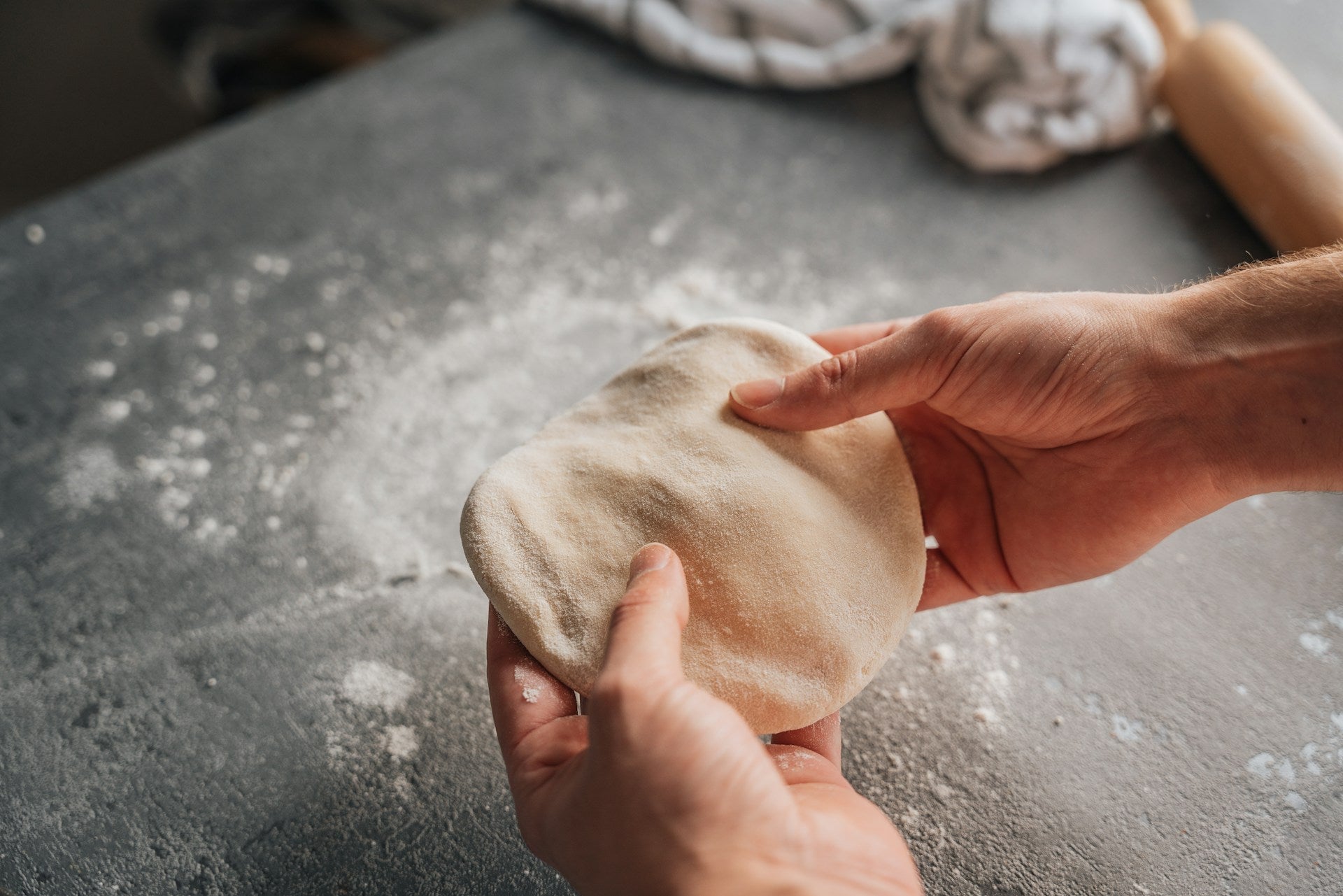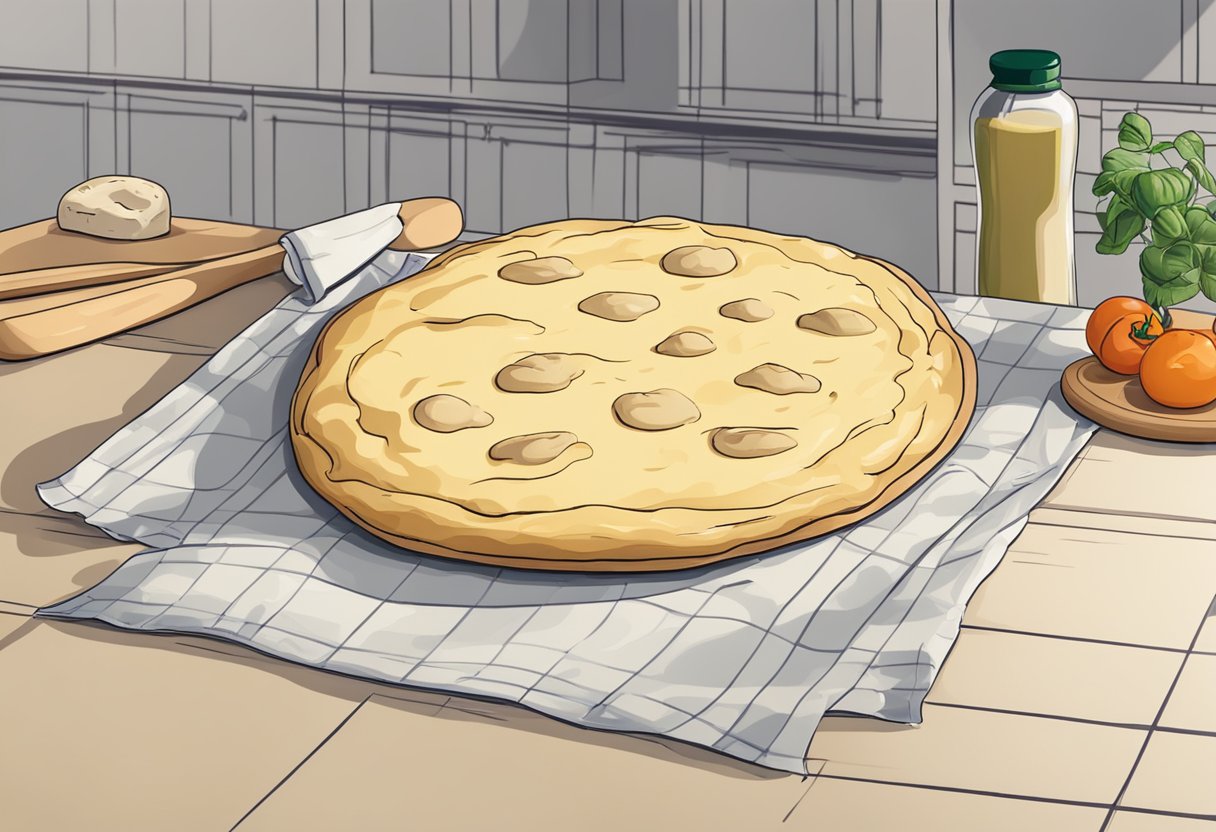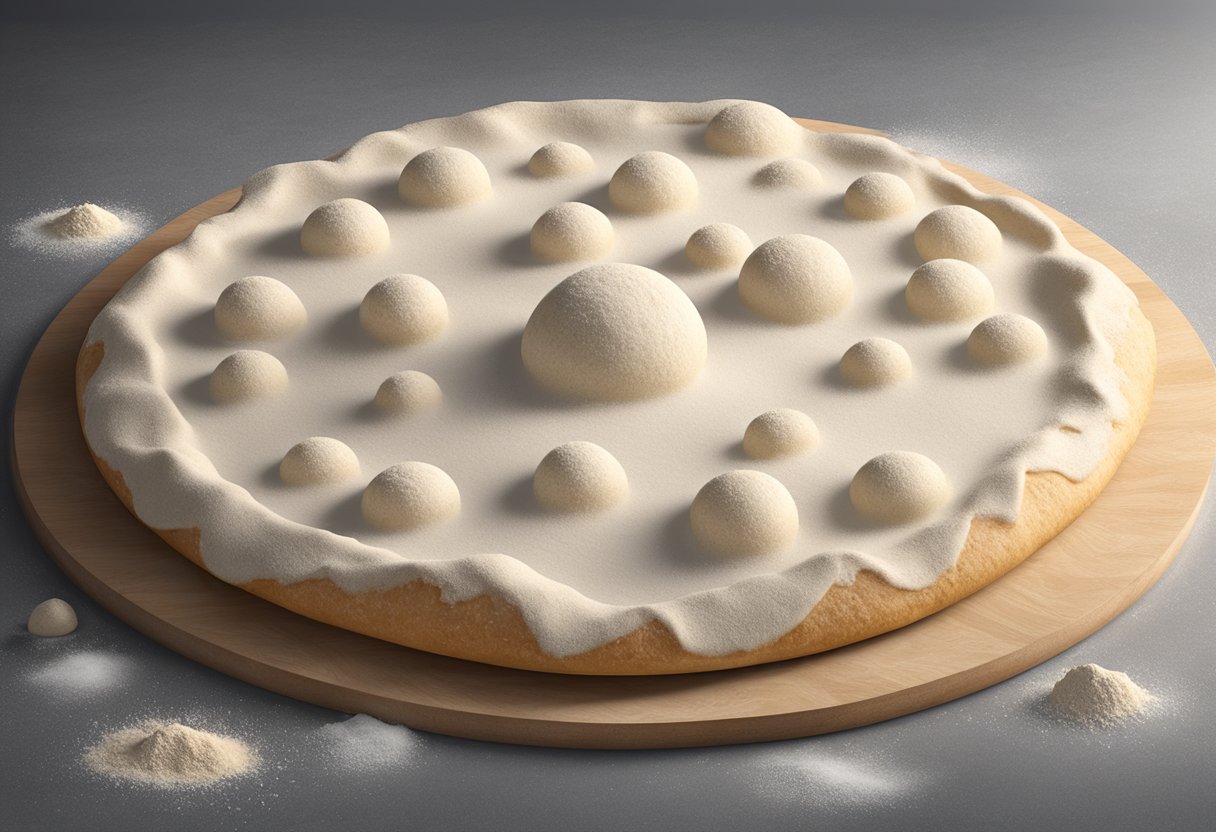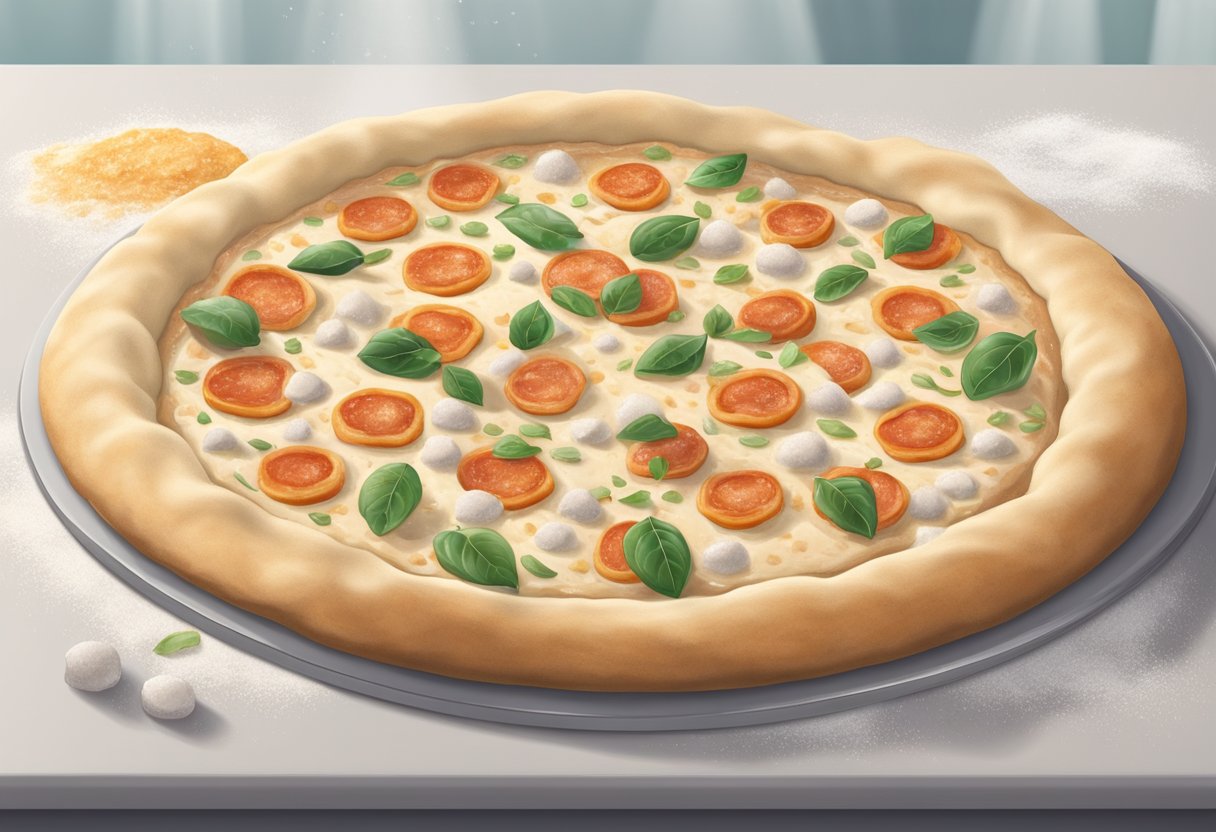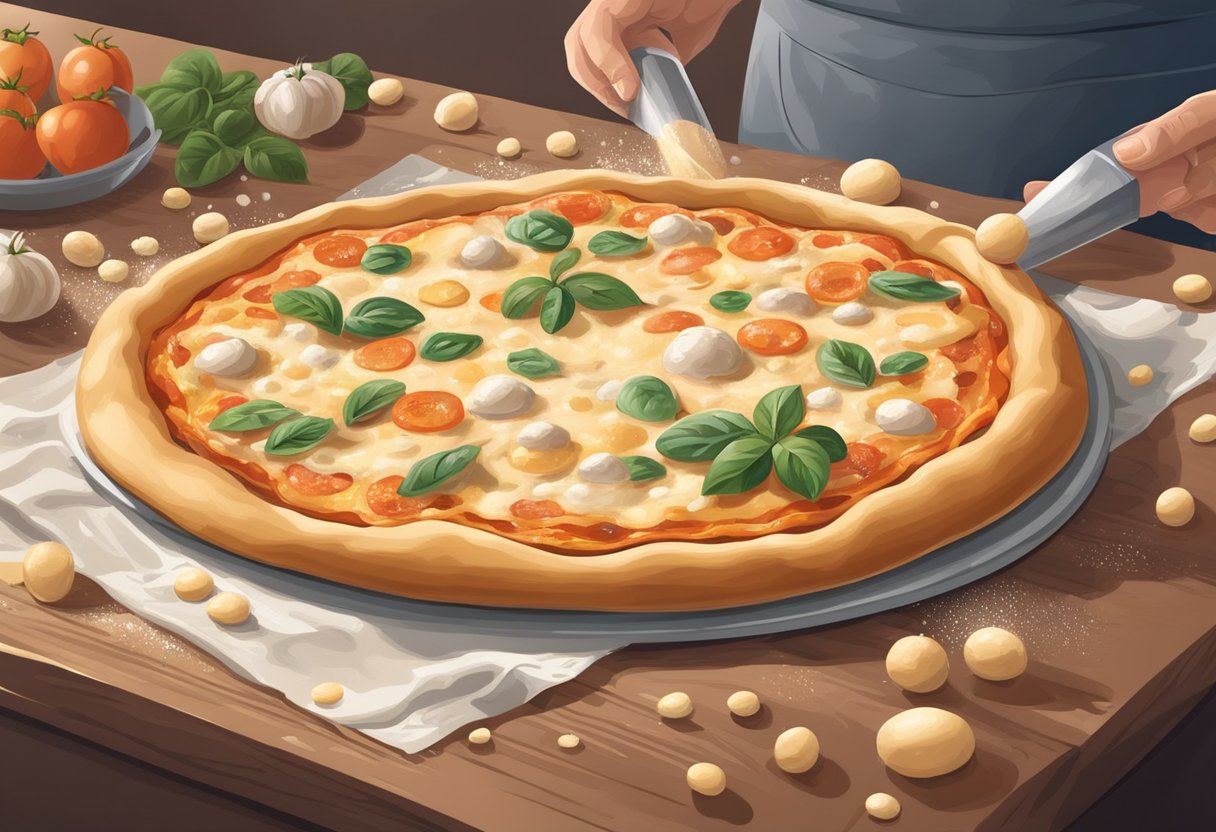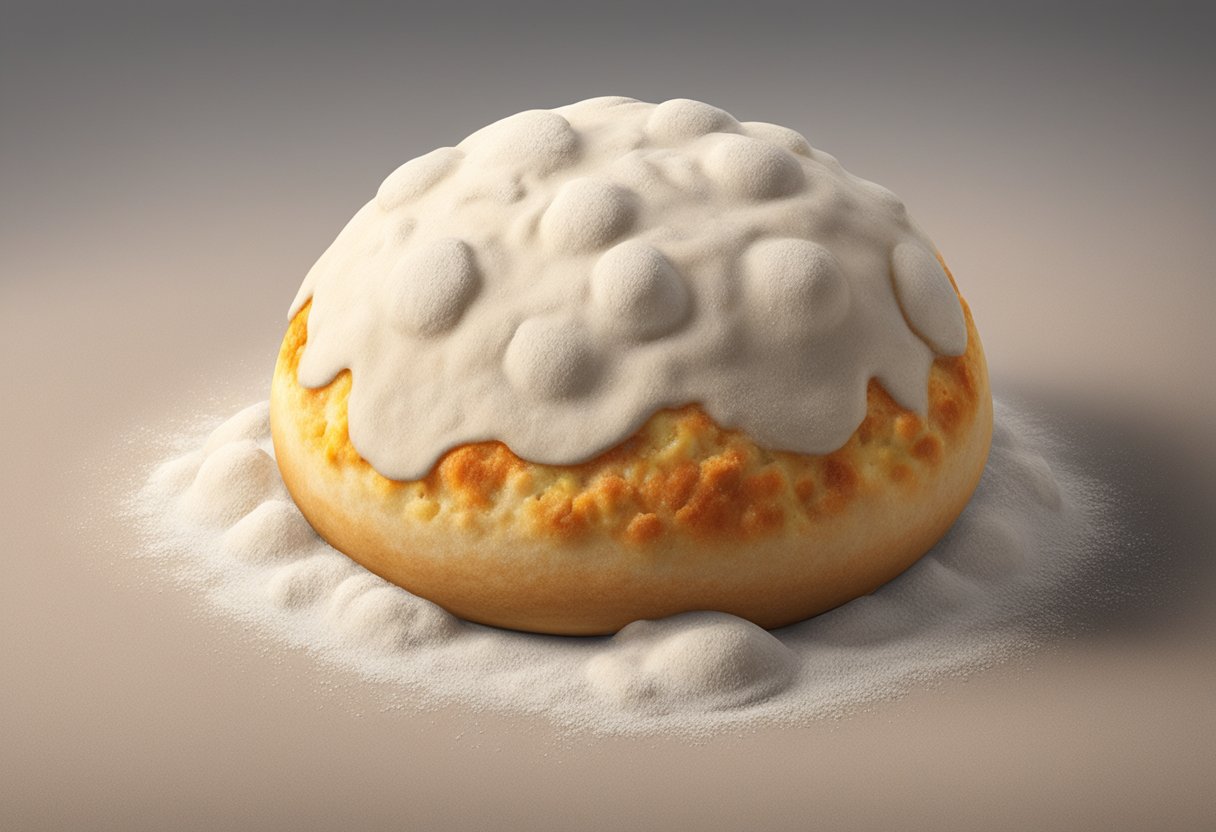
Should Pizza Dough Be at Room Temperature for Optimal Results?
When preparing to make pizza, the temperature of your dough plays a crucial role in achieving the perfect crust. Pizza dough should ideally be at room temperature before you start stretching and shaping it. Cold dough is difficult to work with and can make it challenging to achieve that desired elasticity.
At Prepa Pizza, we emphasize the importance of handling dough at the right temperature to ensure a smooth and enjoyable cooking experience. Allowing your refrigerated dough to rest is essential; ideally, let it sit out for at least 30 minutes to an hour. This simple step can significantly enhance your pizza-making process and result in a superior final product.
By understanding the importance of temperature when working with your pizza dough, you can elevate your homemade pizza to restaurant-quality standards. With Prepa Pizza, you can trust that our premium quality dough is designed for optimal performance in your kitchen.
The Basics of Pizza Dough
Understanding the fundamentals of pizza dough is essential for creating a perfect crust. Key components affect not just texture, but flavor and appearance as well. You’ll learn about the main ingredients needed and the critical role of yeast and fermentation.
Ingredients for Optimal Dough
To create great pizza dough, you need specific ingredients that contribute to its texture and flavor. Here are the essential components:
- Bread Flour: Known for its higher protein content, it gives the dough a chewy texture.
- All-Purpose Flour: This is versatile and can be used for a softer crust but may not provide the same chew.
- Active Dry Yeast or Instant Yeast: These leavening agents help the dough rise. Instant yeast activates more quickly.
- Warm Water: Typically between 100°F and 110°F, it activates the yeast effectively.
- Olive Oil: Adds flavor and helps with dough elasticity.
- Sugar: A small amount helps feed the yeast, promoting fermentation.
- Sea Salt: Enhances flavor and controls yeast activity.
Using high-quality ingredients like those from Prepa Pizza ensures a superior dough.
Roles of Yeast and Fermentation
Yeast is a crucial ingredient in pizza dough, responsible for its rise and texture. When you mix yeast with warm water and sugar, the yeast begins to feed and produce carbon dioxide, which causes the dough to expand.
Fermentation is the process where the flavor of the dough develops. It can happen at room temperature or in a cooler environment. Longer fermentation times enhance the dough's complexity. Typically, letting the dough rise for several hours or even overnight will yield better results.
For optimal dough, allowing fermentation to occur properly is essential. With the right technique, you can create a restaurant-quality product, especially when using high-quality dough from Prepa Pizza.
Preparing the Dough: Techniques and Tips
To achieve the best pizza dough, you must focus on mixing and kneading techniques as well as essential proofing steps. Through careful attention to these processes, you will create a dough that is easy to work with and has great flavor and texture.
Mixing and Kneading Methods
Start by using a stand mixer to combine your ingredients efficiently. Begin with warm water to activate the yeast, adding it to your mixing bowl first. Next, incorporate the flour gradually, ensuring an even distribution.
Add sea salt once the dough comes together. This prevents the salt from directly contacting the yeast initially, which can hinder fermentation. Mix on low speed until a rough dough forms.
Knead the dough for about 8-10 minutes. This process develops gluten, which gives the dough its structure. The dough should become smooth and elastic. If you prefer, hand-kneading is also effective; just ensure consistent pressure and folding motions throughout.
Dough Proofing Essentials
Proper fermentation is critical for developing flavor and texture. After kneading, shape the dough into a ball and place it in a lightly oiled bowl. Cover it with a damp cloth or plastic wrap to retain moisture.
Let the dough rise in a warm area for about 1-2 hours, or until it has doubled in size. This is important because the yeast will produce gas, creating air pockets that enhance the dough's lightness.
If you are using Prepa Pizza's premade dough, you can skip the mixing and kneading steps. Simply remove the dough from the packaging, let it rest at room temperature for about 30 minutes, and you’ll be ready to stretch it out for your pizza.
Temperature's Impact on Pizza Dough
Understanding temperature is key when working with pizza dough. The right temperature can significantly influence fermentation and the overall texture of your crust.
Room Temperature Resting
When using pizza dough, allowing it to rest at room temperature is crucial. Ideal dough temperature before shaping is between 65°F and 75°F. This range ensures that yeast activity is optimal, promoting proper fermentation.
If you take your dough from the refrigerator, let it sit out for about an hour. This process increases the dough's elasticity, making it easier to stretch without tearing. Before baking, using warm water during preparation helps activate yeast more effectively.
This step enhances flavor and supports better rise during baking, leading to a crispy yet chewy crust. With Prepa Pizza dough, you can trust that it’s crafted for optimum performance at room temperature.
Cold Fermentation
Cold fermentation is another effective method for developing flavor in pizza dough. Storing your dough in the refrigerator slows down yeast activity, allowing for longer fermentation times. This process can take anywhere from 24 hours to several days.
While cold fermentation may take longer, it results in a more complex flavor profile and improved texture. When you're ready to use your dough, remember to bring it back to room temperature for easy shaping.
Utilizing Prepa Pizza dough provides you with high-quality ingredients that excel in both room temperature and cold fermentation scenarios. This ensures a consistent, restaurant-quality result every time you bake.
Shaping and Baking the Perfect Pizza
Mastering the art of pizza shaping and baking is key to achieving a delicious homemade pizza. Precision in these steps will elevate your pizza-making experience and the quality of your final product.
Shaping for Different Pizza Styles
When shaping your pizza dough, it's essential to consider the style you are making. For Neapolitan pizzas, use whole or stretched dough balls around 250 grams. Lightly flour your surface and gently push from the center outwards, keeping the edges thicker for a crust.
For New York-style pizzas, you'll want a larger, thinner base. Stretch the dough with your hands, rotating every few seconds to maintain an even shape.
Using Prepa Pizza dough ensures a high-quality foundation for any style. Remember, your workspace should be well-floured to prevent sticking.
Oven Setup and Baking Surfaces
A hot oven is crucial for pizza perfection. Preheat your oven to its highest setting, usually around 500°F to 550°F. If you have a pizza stone, place it in the oven about 30 minutes before baking to allow it to reach the desired temperature.
If using a pizza pan, ensure it's preheated as well. You can also apply a light coating of oil to enhance crispness. Slide your shaped pizza onto the stone or pan carefully to avoid losing shape.
Baking usually takes 8-12 minutes, depending on thickness. Keep an eye on your pizza; you’re looking for a golden crust and bubbling cheese.
Scaling Your Pizza Dough
When preparing pizza, scaling your dough is essential to achieving the right size for your crust. You can easily adjust the amount of dough you need based on the number of pizzas you plan to make.
For pizza for two, aim for about 12 ounces of dough per pizza. This size is perfect for personal-sized pies. If you're using Prepa Pizza's premium premade dough, you can easily portion it.
Here’s a simple way to scale your dough:
- 1 Pizza: 12 ounces
- 2 Pizzas: 24 ounces
- 3 Pizzas: 36 ounces
To scale your dough, simply weigh the total amount you need and divide it. After portioning, shape each piece into a ball. This process helps create a uniform texture throughout your pizzas.
Make sure to allow the dough to come to room temperature before you start stretching. This will ensure that the dough is easier to work with, providing a light and airy crust. If you’re unsure about your temperature, aim for between 65°F and 75°F.
Using Prepa Pizza ensures you get a high-quality dough that’s easy to scale and perfect for any pizza recipe you desire. Enjoy the process and get creative with your toppings!
Frequently Asked Questions
When working with pizza dough, understanding the importance of temperature is crucial. The right temperature can affect the texture and stretchability of your dough, enhancing your overall pizza-making experience.
How long should pizza dough rest at room temperature?
Pizza dough should ideally rest at room temperature for about 1 to 2 hours. This allows the gluten to relax, making it easier to shape and stretch.
Can pizza dough be left out at room temperature overnight?
It's not advisable to leave pizza dough out at room temperature overnight. Doing so can lead to over-proofing, resulting in a sour flavor and undesirable texture.
How can you quickly bring pizza dough to room temperature?
To quickly bring pizza dough to room temperature, you can place it in a warm area of your kitchen. Alternatively, you can use a warm water bath for about 20-30 minutes, ensuring it is covered to prevent drying out.
Is it necessary for pizza dough to sit out before rolling it?
Yes, allowing pizza dough to sit out before rolling is essential. Cold dough is tough and resistant, while room-temperature dough is easier to handle and stretch.
Why is it important for pizza dough to reach room temperature before baking?
Reaching room temperature helps activate the yeast, promoting better fermentation and flavor development. It also ensures a more uniform bake, resulting in a crisp crust.
What are the effects of not bringing pizza dough to room temperature?
Not bringing pizza dough to room temperature can lead to difficulties in stretching. You may end up with a tough, chewy crust instead of a light and airy one, affecting the overall quality of your pizza.




